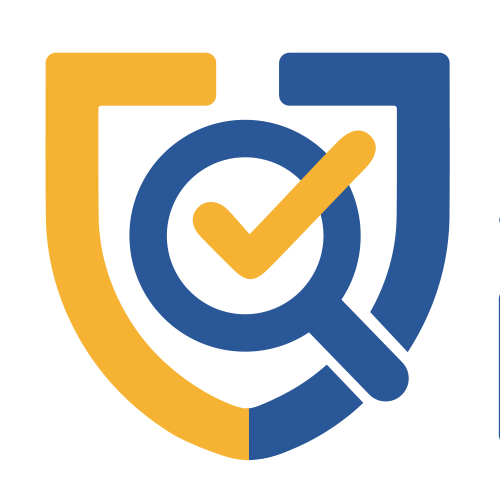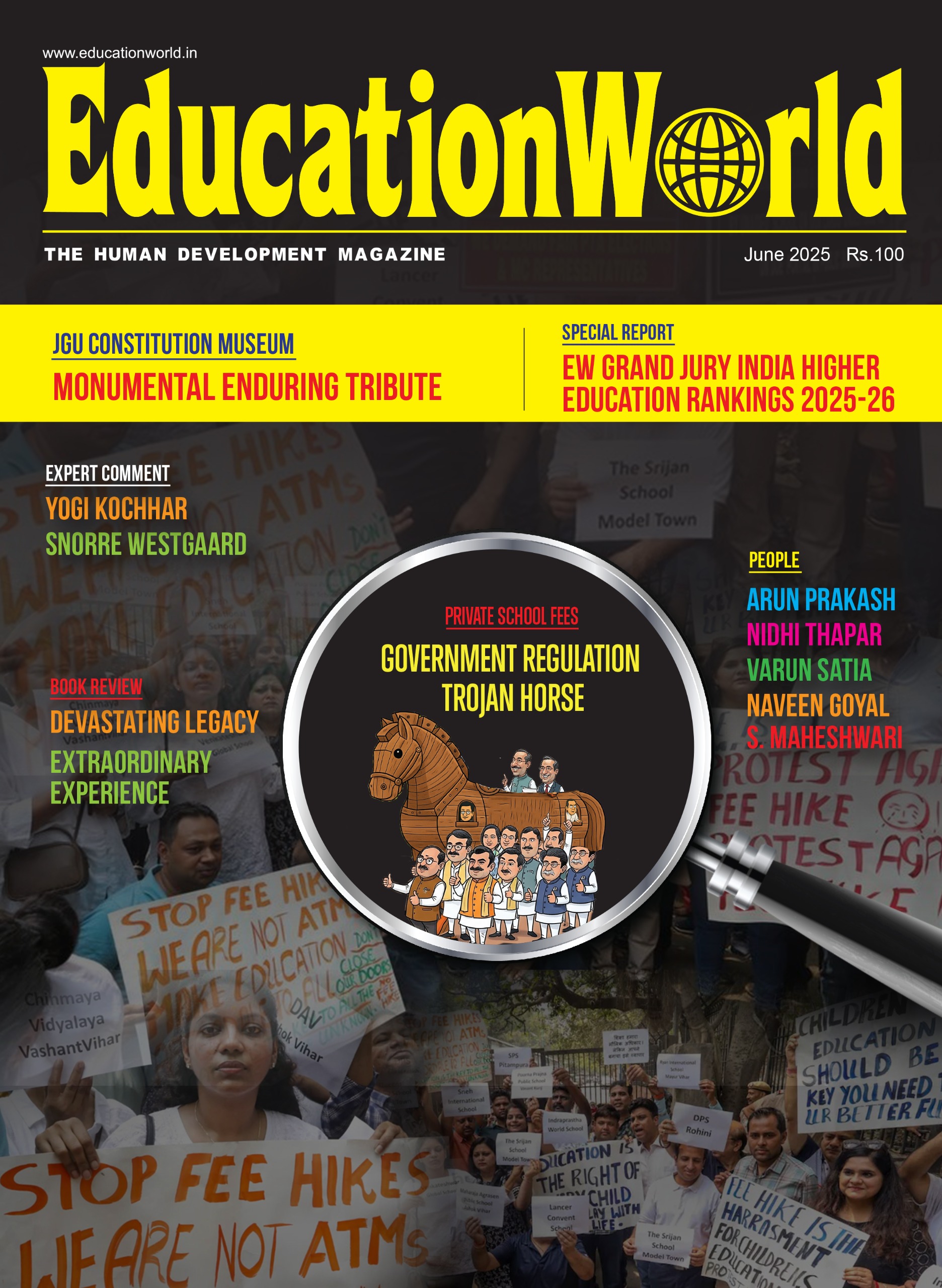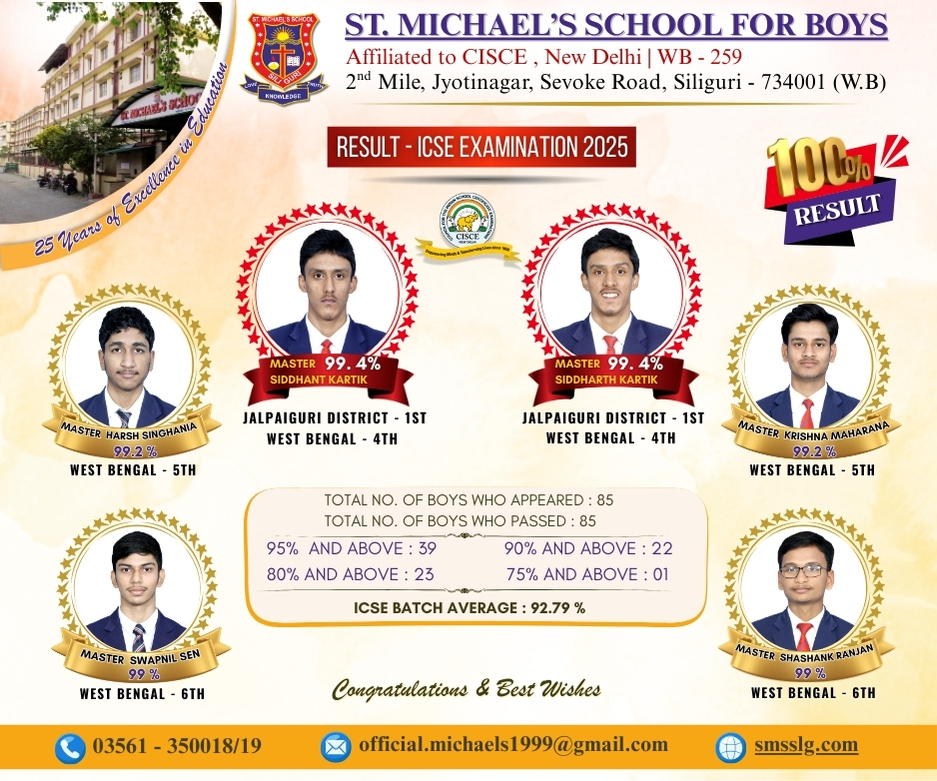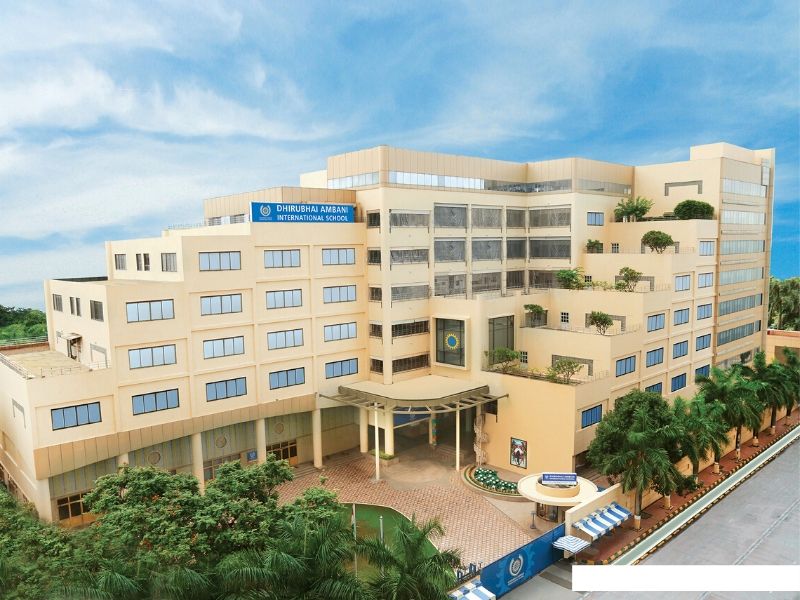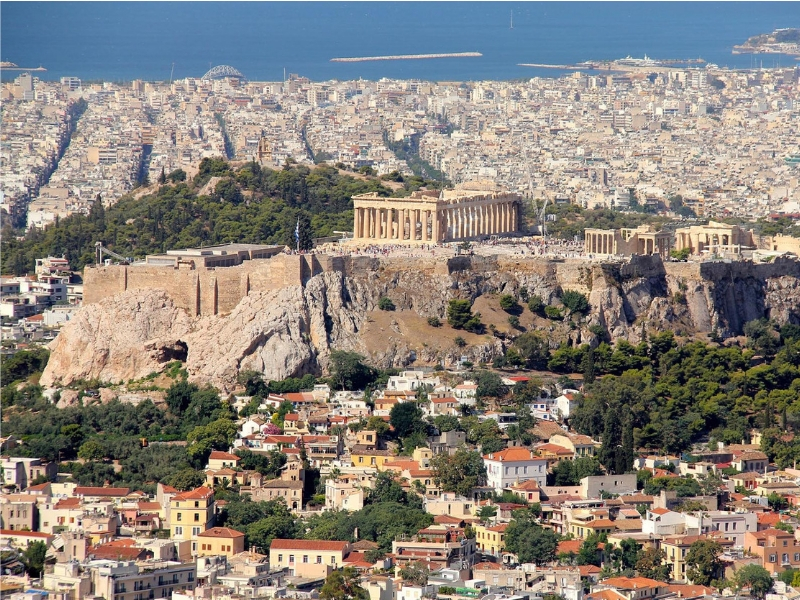The compulsory admission of children from poor neighbourhood households (defined as households earning less than Rs.3.5 lakh per year) into private independent non-minority schools under s.12 (1) (c) of the Right of Children to Free and Compulsory Education (RTE) Act, 2009 has always been a sore point for Karnataka’s 11,918 private schools. This provision of the RTE Act requires independent schools to reserve 25 percent capacity in class I for poor children in their neighbourhood and retain them free-of-charge until completion of class VIII. The only ‘concession’ to independent schools is that the state government will reimburse the tuition fees of poor children thus admitted to the extent of average per student expense incurred by the state government in its own 43,895 government schools (s.12 (2)).
Unsurprisingly, even this modest reimbursement of children admitted by independent schools under s.12 (2) — Rs.8,000 per child for pre-primary classes and Rs.16,000 (per year) for classes I-VIII — is hugely in arrears. The RTE Rules under the Act stipulate that the first instalment of 50 percent shall be reimbursed by September for each academic year (starting in June) and the remainder by January. But the state government has failed to pay either instalment for 2017-18. Worse, around 300 schools are yet to get 2016-17 dues.
The state governments department of public instruction (DPI) estimates that Rs.460 crore remains to be distributed to the states 11,918 private independent schools for admitting 522,000 children under s.12 for the academic year 2017-18. While the principal secretary of primary and secondary education, Shalini Rajneesh, says the process of reimbursement is on and the amount will reach the schools soon, the states private independent schools, especially low-end private budget schools (PBS), have been pushed to desperation.
The delay has become a recurrent phenomenon. Several of our association members are budget schools levying monthly fees of Rs.400-2,000. Delays in s.12 (2) reimbursements upset their finances. While the government has been very proactive in passing on part of its public education responsibility to private schools, it is very slow in reimbursing private schools as stipulated by the RTE Act, says D. Shashi Kumar, general secretary, Associated Managements of Primary and Secondary Schools, Karnataka, which has a membership of 4,000 K-12 schools, mainly PBS.
Quite obviously, the Congress government of Karnataka now believes RTE reimbursements have turned out to be a burden on the exchequer. The state governments annual reimbursement bill under s.12 (2) was Rs.22 crore in 2012-13 for 49,282 children, and rose to Rs.226 crore for 414,000 children in 2016-17 with the payout aggregating Rs.685 crore during the past five years.
Confronted with the prospect of rising annual payouts under s.12 (2), the Kannada Development Authority, a government-promoted organisation established in 1994 to promote Kannada language and culture, has proposed abolition of the RTE quota in private schools and diversion of the annual payouts for development of government schools.
In October 2017, state primary and secondary education minister Tanveer Sait aroused the ire of private independent schools when he said the government is mooting a proposal to entirely stop s.12 (2) reimbursements, leaving private schools to bear the expense of providing fully subsidised education to poor children in their neighbourhood admitted under s.12.
Even as social activists are condemning the state government for endangering the annual admission of a small number of children from poor households into high-quality independent schools, private school managements are surprised that the government is baulking at reimbursing state-fixed fees which are a fraction of the actual fees charged by top-ranked private unaided schools.
Ideally, the government should improve the quality of public schools. Once we have a strong government school system, there will be no need for fees-levying private schools and only a few will survive. Parents will also start sending their children to government schools once they have faith in them. Instead of wasting their energy in exercises like amending the law to further burden private schools, the state government should reform its own schools as is the model in all developed countries, says Ashok Kamat, an IIT-Bombay alumnus and chairman of the Akshara Foundation (estb.2000), an NGO working for the reform of Karnatakas government school system.
But that’s a long-term solution. In the meanwhile, the least the state government can do is to get its act together and speedily reimburse the subsidies given by private schools to provide quality education to a rising number of children the State is constitutionally obliged to educate.
Sruthy Susan Ullas (Bangalore)
